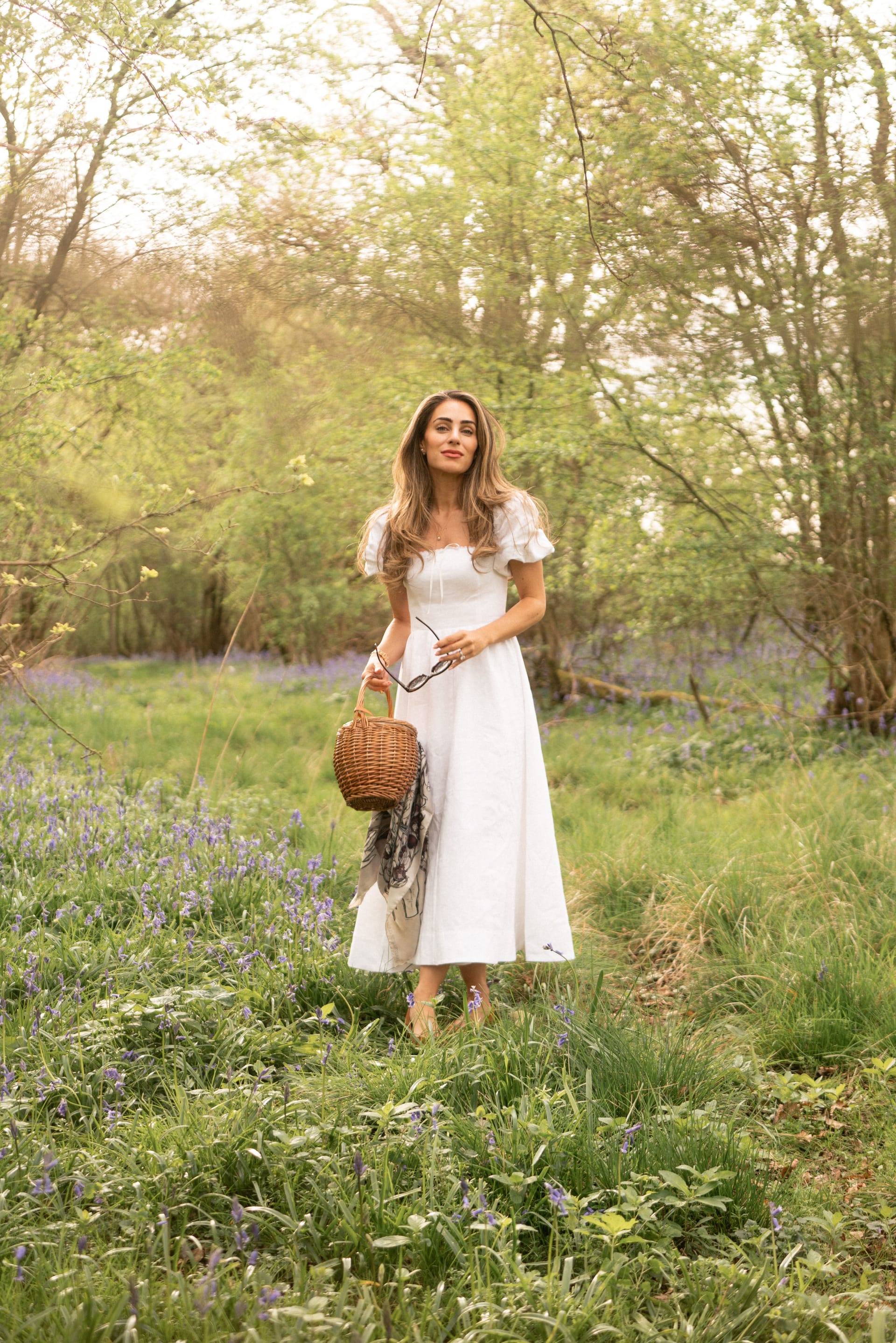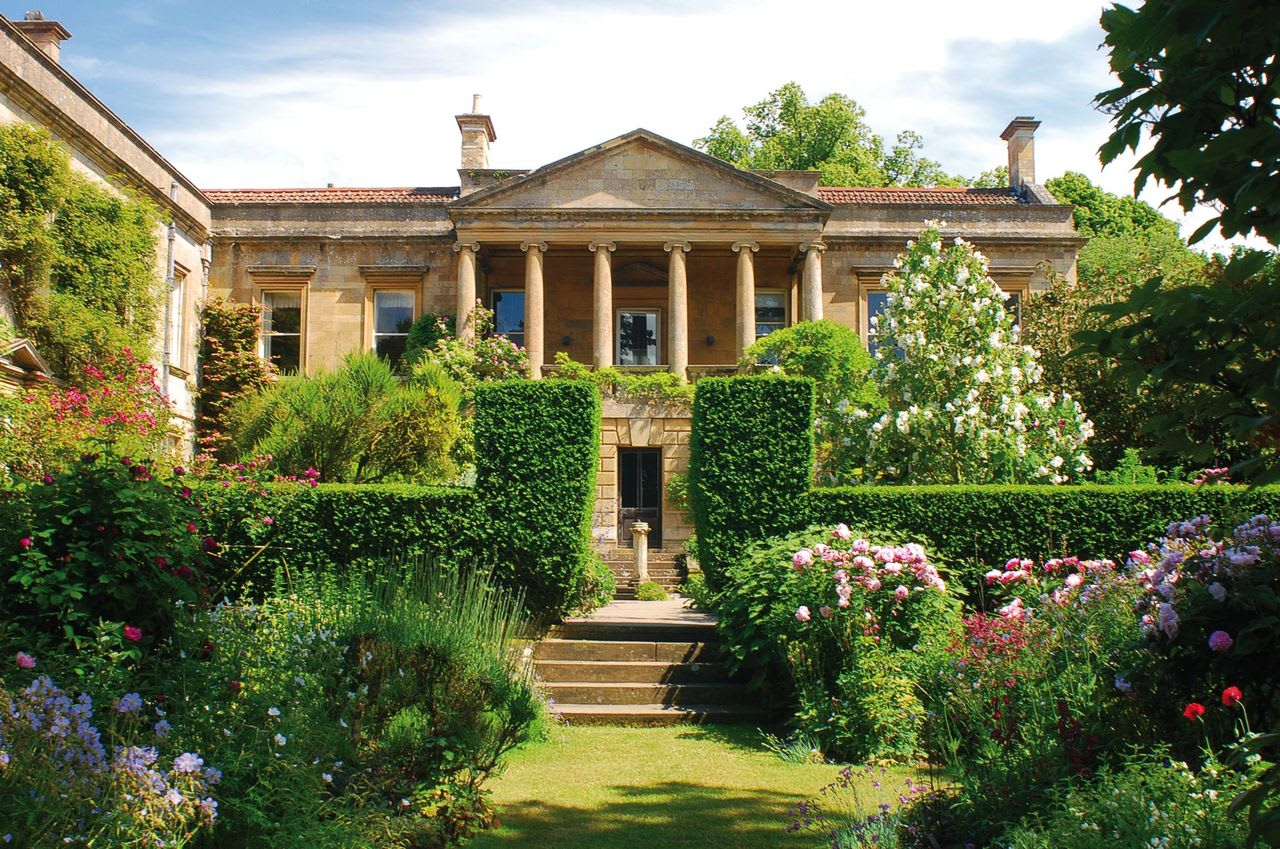Located in St Aldates, in the heart of Oxford, you will find the historic Grade I listed Christ Church College with its beautiful cathedral, gardens, quads, and walks taking you into Christ Church Meadow. The site lies at the south of the University and City’s Conservation Area which extends to the east bank of the River Cherwell forming one of the boundaries of Christ Church Meadow. The land on which the College is built is listed as a nature conservation area within the Local Plan, lying within the Oxford Green Belt.
If you have never visited the Meadow or gardens at Christ Church, book a guided tour that will give you an insight into the College’s history, architecture, student life, and scenes associated with the world of Alice’s Adventures in Wonderland and Harry Potter. You will also be introduced to the Masters, Pococke and Cathedral Gardens, cloisters, quads, Hall and Hall Staircase (if open at the time of your tour).
Christ Church’s Tom Quad, the largest quad in Oxford, was created in the mid-1500s; other than some alterations to the layout of the paths and to the terraces in the late 1800s, little else has changed with no planting other than the formal grass lawns. The lead fountain of Mercury, added in 1928, provides a focal point.
The Cathedral Garden, originally a canonry garden and part of the original St Frideswide’s priory precinct has links to the author Lewis Carroll, who was a mathematics lecturer at the College. Carroll wrote his story about Alice, the Dean’s daughter, who was not allowed into the Cathedral Garden, and the door on the north wall leading to the Deanery Garden is the one Alice goes through in the story. The large horse chestnut tree in the Deanery Garden is allegedly the tree the Cheshire Cat sat in. The border along the Deanery wall has recently been restocked with plants associated with Alice, together with a touch of Harry Potter.
Part of the former Priory House Garden, the Pococke Garden is sheltered and bounded on its north wall by part of the old city wall. The imposing Pococke tree, (an Oriental Plane) was possibly Carroll’s inspiration for his Jabberwocky nonsense poem. With a girth of around nine metres, the tree is named after Edward Pococke, a 17th-century Regius Professor of Hebrew. It is believed he planted the tree from seed collected in 1636. This sheltered garden is planted with a range of subtropical specimens including unusual trees, shrubs, and herbaceous perennials.
The Masters Garden, a private garden used for part of the year by Christ Church students for quiet recreation and playing croquet, dates back to the mid-1920s. Instigated by Treasurer George Hutchinson, the garden provided an area for students who had previously only had access to the Meadow. A large rectangular space enclosed with a new stone wall, the original planting included shrub planting and arts and crafts style herbaceous drift planting in four long borders. Much of the original garden survives and although little of the original planting remains, recent new plantings have taken inspiration from the original plans.
Forming the main visitor entrance into Christ Church Meadow and Christ Church itself, the Memorial Gardens welcomes over a million visitors throughout the year. Providing a permanent memorial to people who died in World War I and subsequent conflicts, the gardens were constructed in the mid-1920s. Opening up the previously hidden south front of Christ Church, the gardens were built on redeveloped land. With iconic views towards The Great Hall, the Memorial Garden extends from the ornamental gates and screen on St Aldates with a Yorkstone path leading into the Meadow. The original planting areas remain although the planting styles have changed over the decades. The southerly ‘Rose Garden’ was originally planned as a Dutch Garden but became an Iris Garden. Nowadays it is one of the few places within Christ Church where seasonal bedding is planted. Lavender borders have also been added to the lawns with chain fencing to prevent visitors from walking on the grass. The long herbaceous border is planted to maximise interest throughout the year using restful colours and plants with winter interest.
New Walk, initiated as a raised walk with avenue planting in 1865, provided access to the river from the main buildings. Over the years the original planting thought to have been elm and lime trees, has not survived. There is currently a phased replacement of the poplars as they too were causing safety issues. The avenue is being replanted with historically appropriate Tilia x Europaea ‘Pallida’ (Common Lime).
Broad Walk, which stretches from the Memorial Gardens east to the River Cherwell, was once an elm lined tree avenue. These elms were lost in the 1970s and there is now a trial planting of modern disease-resistant elm varieties to assess the feasibility of reinstating this significant feature of the landscape.
The Meadow provides a delightful walk from St Aldates to the High Street throughout the year; it is also a place to stroll around enjoying views of the river and back towards the College buildings. Open from dusk to dawn, the Meadow is freely accessible to all. As you walk along the paths, you will see a diverse range of wildflowers enhancing the fields which are managed with ecology in mind with no fertilisers and low-intensity grazing. The two flood plain fields are also home to Christ Church’s herd of pedigree Old English Longhorn cattle.
To book a guided tour of Christ Church College gardens visit their website. For additional behind the scenes information about the gardens and lovely pictures of the plants and flowers at Christ Church College, take a look at Head Gardener John James’ blog.
Photographs by Ralph Williamson, and by Eleanor Sanger. Reproduced with permission of the Governing Body of Christ Church, Oxford © Christ Church 2020







